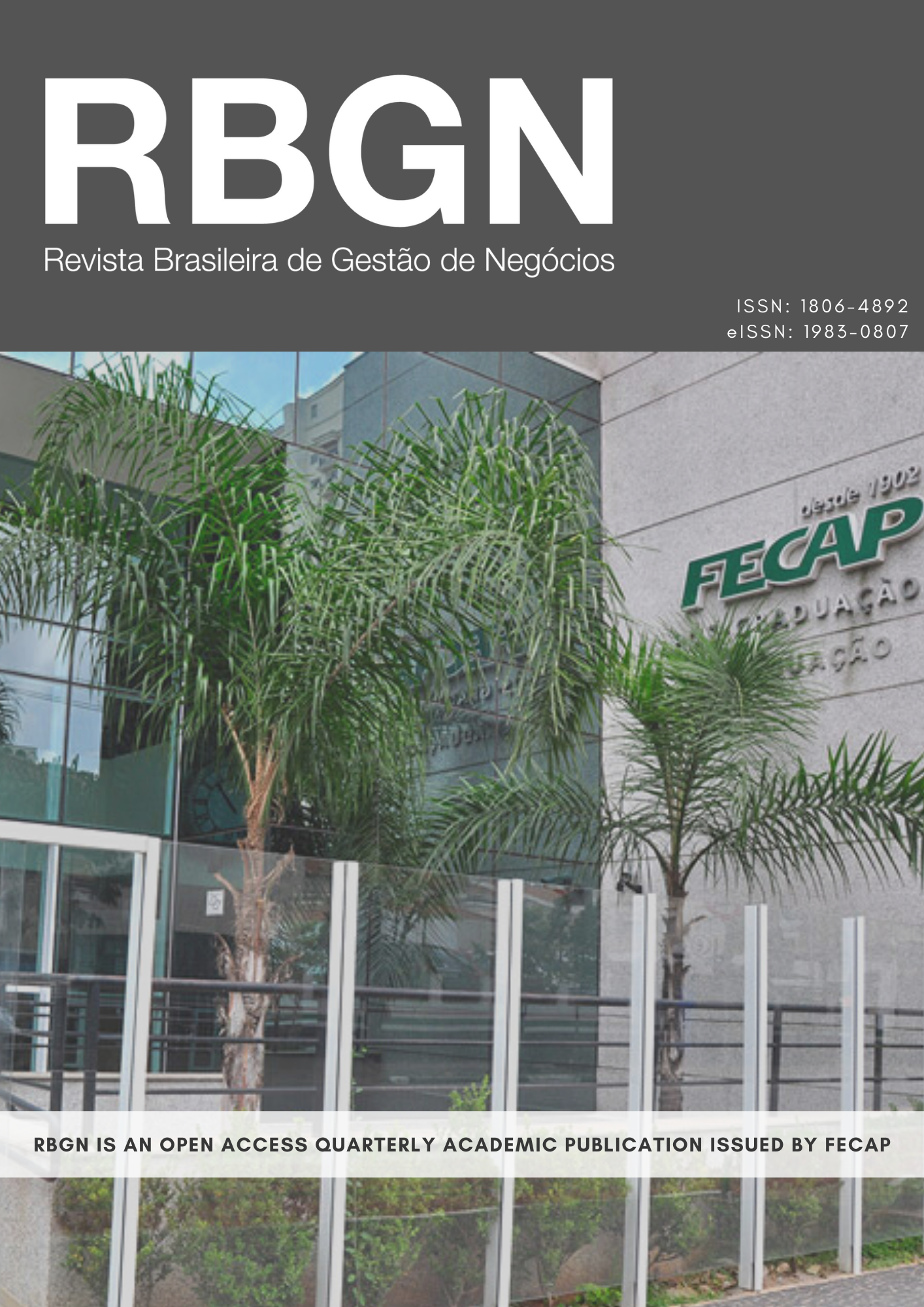Abstract
Purpose – The aim of this paper is to analyse the effect of the level of supervisory power on the level of disclosure of loan loss provisions and on the use of this item for income smoothing purposes.
Design/methodology/approach – Our sample includes 60 European banks from 15 countries, covering the period between 2012 and 2015. We use an index based on the measure of supervisory power and we estimate three regression models in order to investigate the role of banking supervision in credit risk disclosure and in the use of loan loss provisions for income smoothing purposes.
Findings – The results show that banks from countries with a higher level of supervisory power disclose more information about loan loss provisions. However, banks from countries with a higher level of supervisory power only disclose more information regarding Pillar 3 and not IFRS 7. Additionally, we conclude that managerial discretion is lower in banks domiciled in countries with high enforcement.
Originality/value – This study is useful for bank supervisors as it raises awareness about their influence on the disclosure of impairment losses on financial assets, and for users of financial statements as insights are provided about the relationship between supervisory power and income smoothing.
If a paper is approved for publication, its copyright has to be transferred by the author(s) to the Review of Business Management – RBGN.
Accordingly, authors are REQUIRED to send RBGN a duly completed and signed Copyright Transfer Form. Please refer to the following template: [Copyright Transfer]
The conditions set out by the Copyright Transfer Form state that the Review of Business Management – RBGN owns, free of charge and permanently, the copyright of the papers it publishes. Although the authors are required to sign the Copyright Transfer Form, RBGN allows authors to hold and use their own copyright without restrictions.
The texts published by RBGN are the sole responsibility of their authors.
The review has adopted the CC-BY Creative Commons Attribution 4.0 allowing redistribution and reuse of papers on condition that the authorship is properly credited.


